So delicate and yet so destructive, the flutter of the white cabbage butterfly sends a chill down the spine of gardeners nurturing broccoli, cauliflower or Bok Choy in their vegetable patches. On a sunny morning, swarms of them can descend on a brassica patch, their chosen targets, and before you know it, your plants are infested with their tiny bright green eggs, cleverly camouflaged amongst the foliage. Often the first you know of their presence is the holes that the similarly camouflaged caterpillars make as they chew their way through your precious plants.
To set the record straight, there is another pest that causes similar bother to brassicas – the large cabbage moth, actually smaller than the white cabbage butterfly and also grey in colour. For these, try the last 5 methods.
Here’s eight ways to get the upper hand with cabbage white butterflies, the white winged horrors of the vegetable garden.
1. Use a decoy
Apparently these pests are territorial, or at the very least want the best chance for their offspring. If they see another cabbage butterfly on a plant they are eyeing off, they will move on and look elsewhere. Decoys can be purchased in the form of fake white butterflies from nurseries or online or can be made easily from cutting white plastic lids into simple 4-winged butterfly shapes. These need to be skewered onto long thin metal or timber stakes, so that they appear to hover over the plants. Using a metal skewer heated in a flame can help poke a hole in the plastic without cracking it. I use a bamboo skewer for smaller plants, but thick wire is good for extra height when needed. Once the plants grow taller and the plastic pests are amongst the foliage, the deceit is not well-believed by Madame Butterfly.

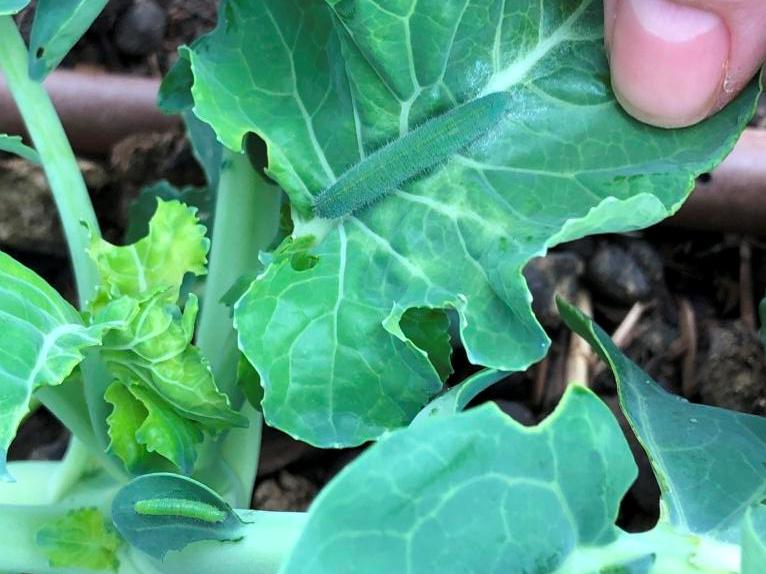
2. Act like a 19th Century butterfly collector
Buy a cheap butterfly net from a discount shop and run around catching them in mid-flight. This is a lot harder than you might think and will give you a reasonable amount of exercise with fairly limited results. Maybe wearing a safari helmet might help with the hunt? If you do catch any, clap the net with moths in between your hands to slow them down, and feed them to your chickens, turning garden angst into eggs.
3. Catch them napping
As my friend Ann does, hanging from her broad beans or other plants, in the early morning before the sun brings them to life. With folded wings they are easy to grab and dispose of.
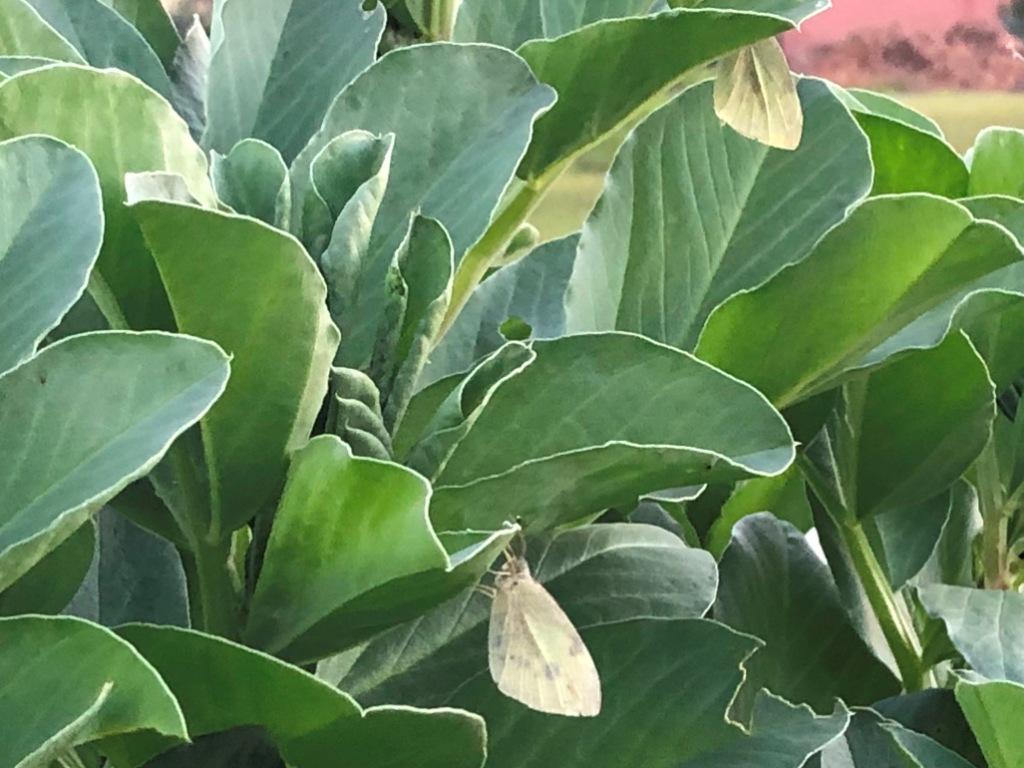
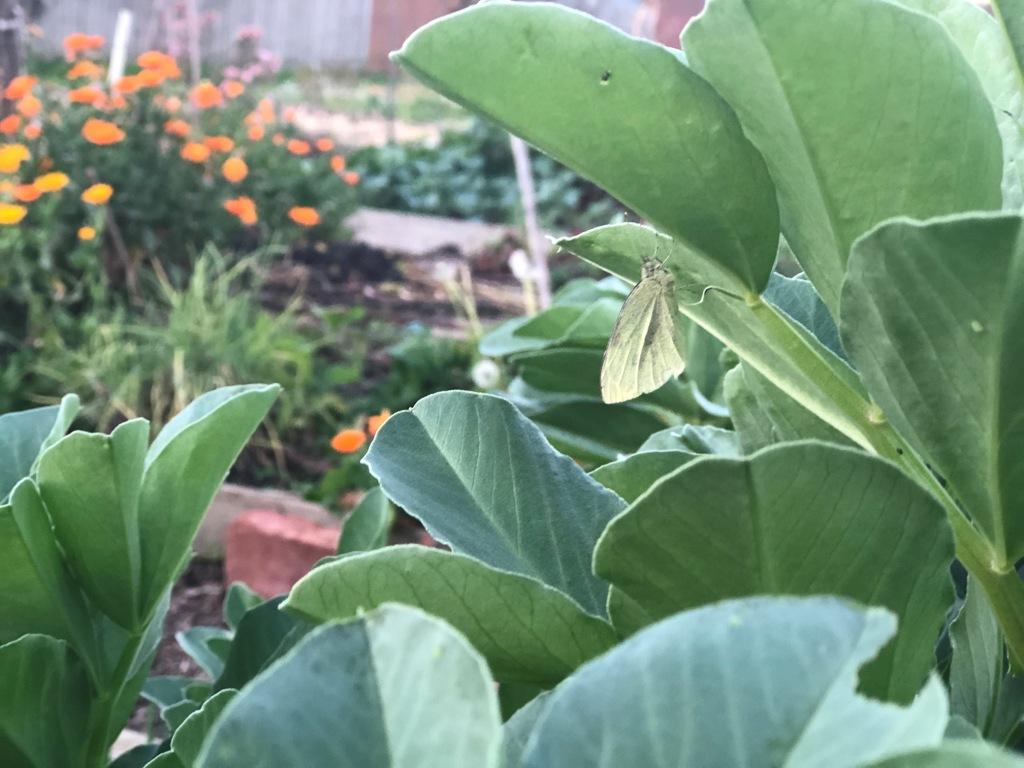
4. Find the eggs before they hatch
Inspect your brassicas regularly for the tiny green eggs of the moths, usually laid underneath the leaves and easy to squash at this stage before holes start appearing in leaves.
5. Remove the caterpillars by hand
Employ small children, yours, or others, to pick off the tiny green caterpillars by hand to receive a pre-agreed rate per caterpillar. Feed these to chickens or other birds.
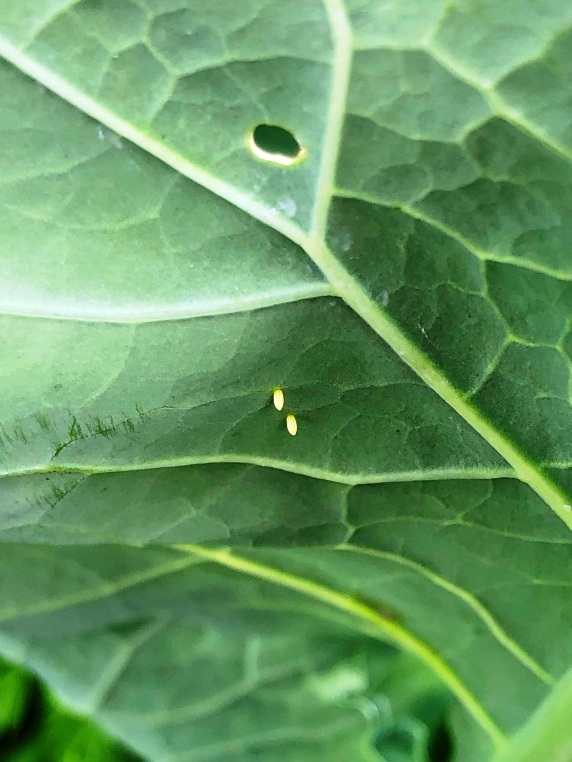
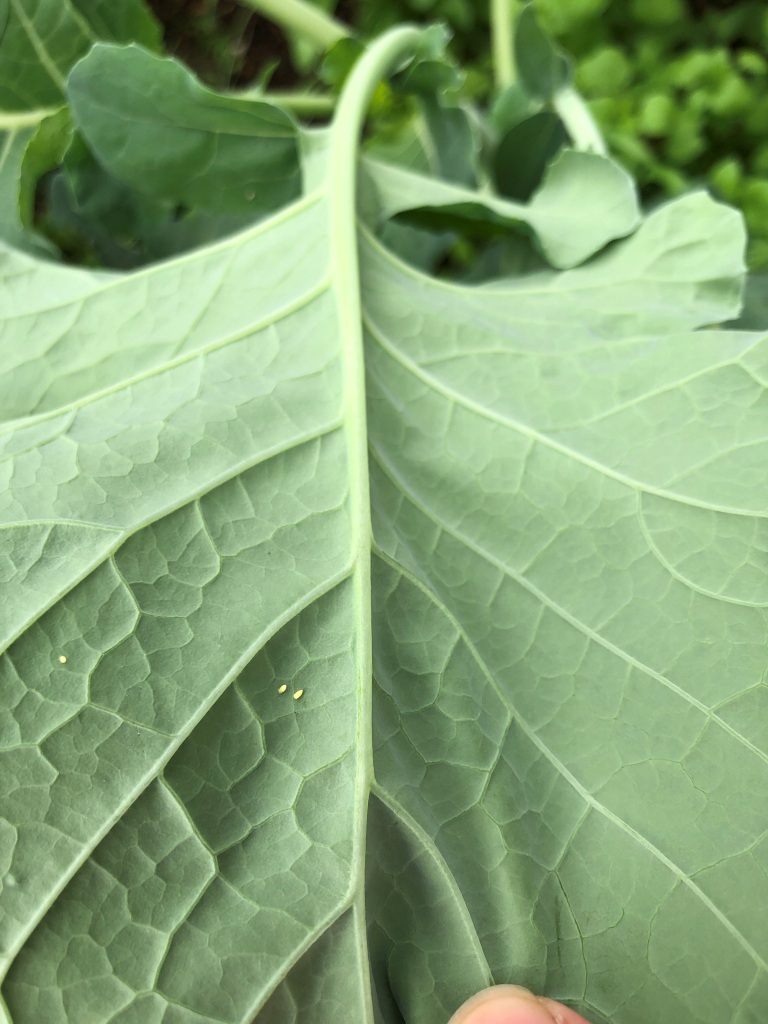

6. Use an organic pesticide
Such as Bacillus thuringiensis, usually known as Dipel. Bear in mind this does take a couple of days to work, before the bacteria attacks the caterpillar’s stomach, killing it without harm to humans or other creatures. If you’re using this method, you could consider spraying regularly and preventatively to keep them under control.
7. Plant a decoy crop
Land cress, or Barbarea verna is attractive to white cabbage butterflies, who flock to it to lay their eggs. The resultant caterpillars can be removed with the munched-up plant or sprayed with Dipel, Bacillus thuringiensis, so you don’t need to spray all your crop plants. For large cabbage moths, land cress is deadly for their caterpillars when they eat it. They seem not to know this and are attracted to the plant to lay their ill-fated eggs. Barbarea vulgaris, also called land cress, is also used for pest control but B. verna is best if you also want to harvest the peppery tasting leaves to add to a winter salad. You can buy seeds of either type of land cress from online seed suppliers and sow seeds 5 mm deep direct into the ground or in punnets.
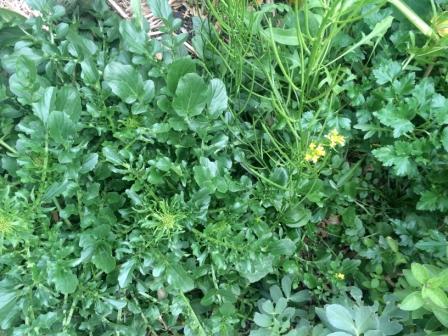
8. Exclude them completely
There is nothing more satisfying than watching white cabbage butterflies hovering outside exclusion mesh with healthy brassicas growing safely inside. This is the gold standard for white cabbage butterfly management and can I say really reduces the stress levels associated with brassica growing. I use a fine 2mm woven white UV stabilised insect exclusion mesh, draped over posts with small plastic pots on top to avoid damaging the mesh. I secure the mesh where it touches the ground with a variety of weights – bricks, stones, and steel star pickets, to keep the little beasts from finding their way in. its is a bit of a pain to harvest, but I never have to worry about finding green caterpillars in the pan with my freshly cooked broccolini or Bok Choy!
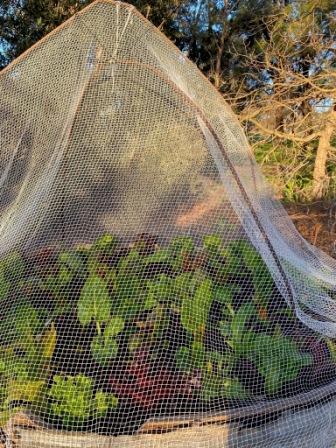


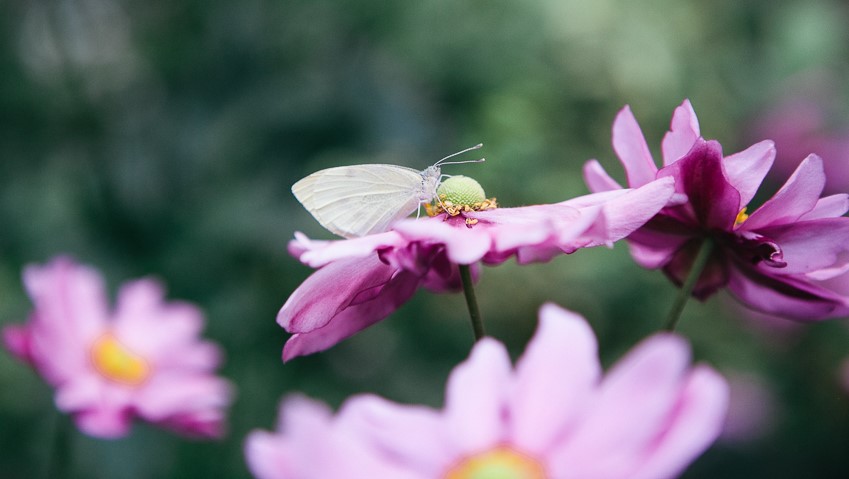
Recent Comments